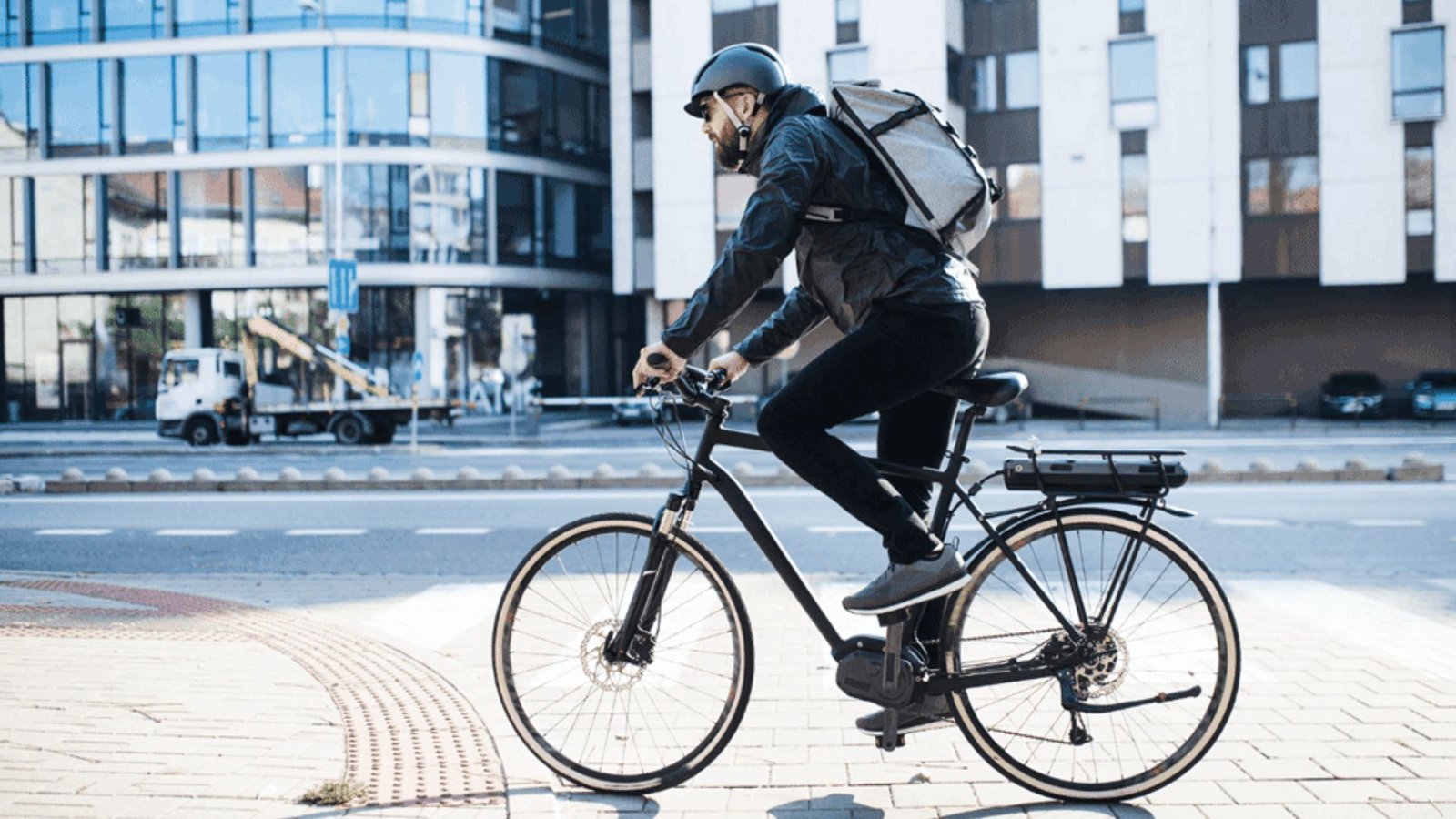Best Practices For Safe City Commuting On A Bicycle
Cycling in the city can be an efficient and eco-friendly way to commute, but it also comes with its challenges. To ensure your safety while navigating through urban areas, it’s essential to follow some basic best practices. By taking the right precautions when biking, you can avoid accidents and enjoy a smooth, hassle-free ride. Here are some of the best practices for safe city commuting on a bicycle.

1. Wear Proper Protective Gear
The first step to staying safe while commuting by bike is to wear the right protective gear. A helmet is a must, as it helps protect your head in case of an accident. Additionally, wearing reflective gear or clothing can make you more visible to other road users, especially at night or in low-light conditions.
Safety Gear Tips:
- Always wear a well-fitted helmet.
- Use reflective clothing or accessories for better visibility.
- Consider wearing gloves and knee pads for extra protection.
2. Obey Traffic Laws and Signals
Just like any other road user, cyclists must obey traffic laws. Always follow traffic lights, stop signs, and lane markings to ensure you’re riding safely. This helps prevent accidents and allows you to ride in a predictable manner that other vehicles can anticipate.
Traffic Law Tips:
- Always stop at red lights and stop signs.
- Yield to pedestrians when necessary.
- Use hand signals to indicate turns or lane changes.
3. Ride in Bike Lanes or On the Right Side of the Road
Whenever possible, use designated bike lanes to ensure your safety. In the absence of bike lanes, ride on the right side of the road and stay as far to the right as possible. This makes it easier for cars and other vehicles to see you, and reduces the chances of getting too close to moving traffic.
Lane Safety Tips:
- Use bike lanes whenever they are available.
- Stay to the right side of the road if bike lanes are not present.
- Avoid riding on the sidewalk unless it’s allowed.
4. Check Your Bicycle’s Condition Regularly
Before hitting the road, make sure your bicycle is in good condition. Regularly inspect the brakes, tires, and gears to ensure everything works properly. A well-maintained bike will be easier to control and less likely to break down during your ride.
Bike Maintenance Tips:
- Check your brakes to make sure they are responsive.
- Inspect your tires for proper inflation and tread wear.
- Lubricate your chain to ensure smooth shifting and pedaling.
5. Stay Alert and Be Aware of Your Surroundings
City streets can be unpredictable, so it’s important to stay alert and aware of your surroundings. Watch out for potholes, debris, and other hazards that could cause you to lose control. Always keep an eye on pedestrians, other cyclists, and vehicles, and be prepared to react quickly if needed.
Awareness Tips:
- Scan ahead and check your surroundings regularly.
- Be aware of pedestrians, other cyclists, and vehicles, especially at intersections.
- Stay clear of obstacles that could cause accidents.
6. Use Proper Lighting for Night Rides
Cycling at night requires additional safety precautions. Proper lighting is crucial for visibility. Make sure you have a bright front light and a red rear light, especially if you’ll be riding in low-light conditions. This helps other road users see you from a distance, reducing the risk of collisions.
Lighting Tips:
- Use a bright front light to illuminate your path.
- Install a red rear light to make you visible from behind.
- Consider using reflective stickers or tape on your bike for added visibility.
7. Plan Your Route Carefully
Before heading out, take a moment to plan your route. Choose bike-friendly roads with lower traffic and more bike lanes. Avoid busy intersections when possible, and opt for quieter streets or bike paths to ensure a safer ride.
Route Planning Tips:
- Use bike maps or apps to find the safest route.
- Avoid high-traffic areas and busy intersections.
- Opt for streets with bike lanes for added safety.
8. Stay Calm and Don’t Take Risks
In busy urban areas, it’s easy to get frustrated when you’re stuck in traffic or when other vehicles get too close. However, it’s important to remain calm and not take unnecessary risks. Avoid weaving in and out of traffic or trying to beat red lights. Staying calm will help you make better decisions and reduce the chances of an accident.
Calm Riding Tips:
- Avoid aggressive cycling or weaving between cars.
- Don’t rush; wait for green lights and safe crossings.
- Focus on your safety and stay in control of your bike.
Conclusion
By following these best practices for safe city commuting on a bicycle, you can enjoy your ride with greater confidence and safety. Always wear the right protective gear, obey traffic laws, and stay aware of your surroundings. A little preparation and caution can go a long way in preventing accidents and ensuring a smooth, enjoyable ride through the city. Safe cycling!



